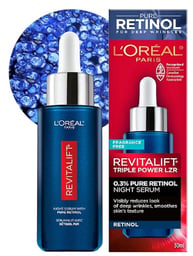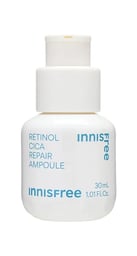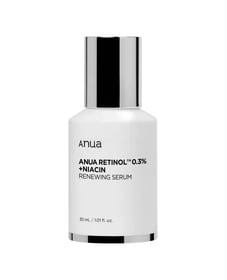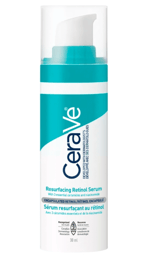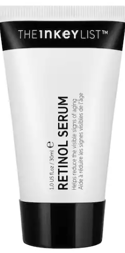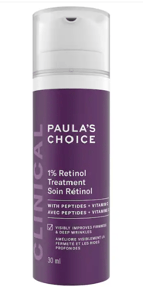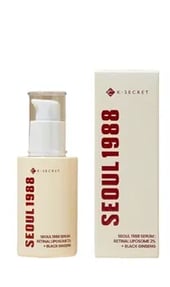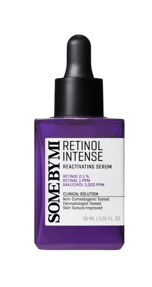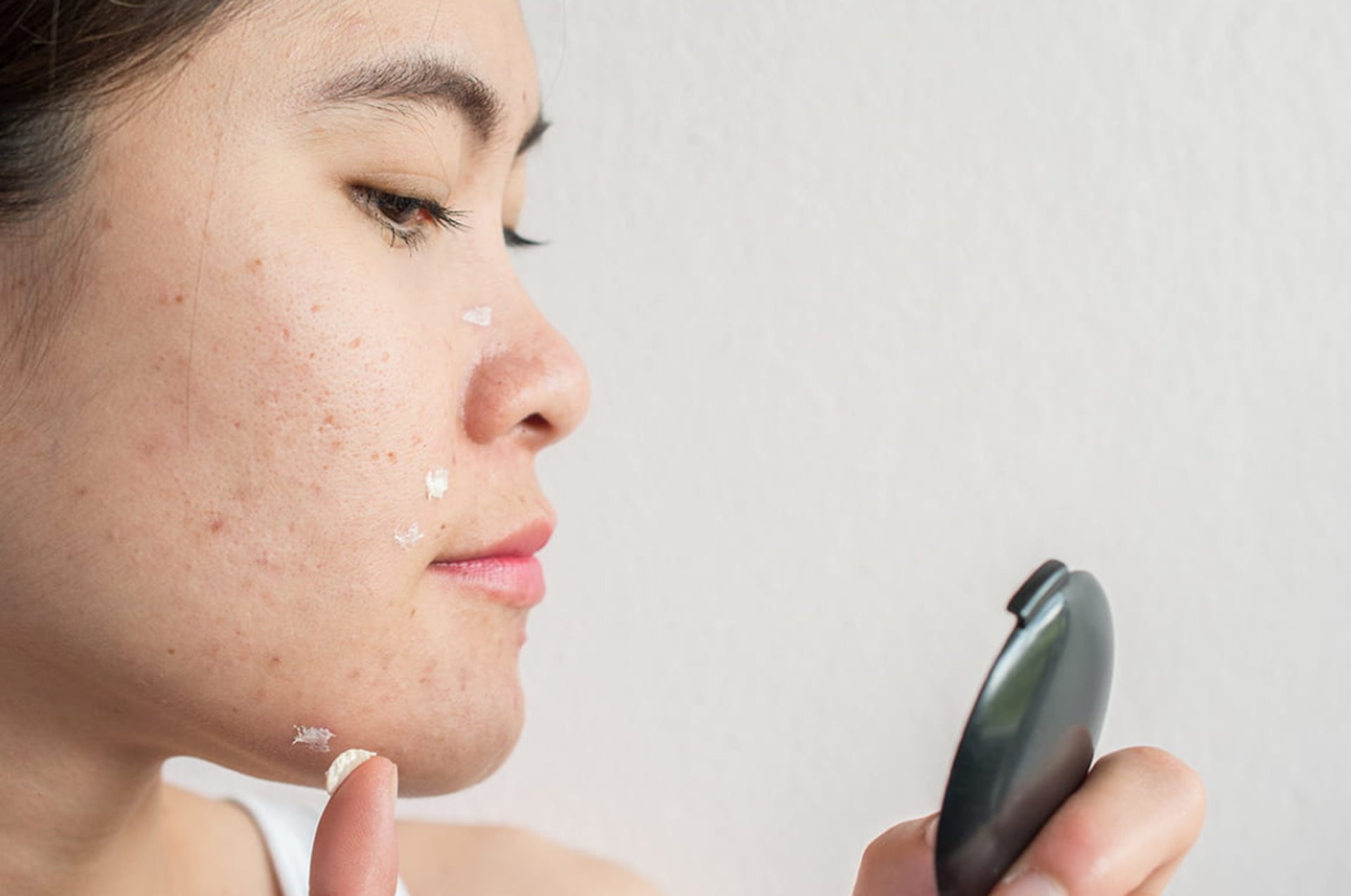
Retinol
Learn about retinol benefits, product recommendations, and links to enhance your skincare routine
What is Retinol?
Retinol is a form of vitamin A that belongs to the retinoid family. It is a popular skincare ingredient known for its ability to accelerate cell turnover, stimulate collagen production, and improve overall skin texture. Please note that retinol is not the same as the vitamin A ingested from food.
This is because Retinol is a specific, active form of vitamin A that your skin can directly use. Vitamin A from food needs to be converted into retinoic acid inside the body, which doesn't happen effectively when applied topically. Foods rich in vitamin A such as carrots or avocados are not easily absorbed through the skin's barrier whereas skincare-grade retinol is scientifically formulated to penetrate the skin.
How Does Retinol Affect the Skin?
Retinol works by penetrating deep into the skin and encouraging faster skin cell renewal. This helps shed dead skin cells and replace them with new, healthy ones. It also boosts collagen and elastin production, which keeps skin firm and youthful.
Benefits of Retinol
Reduces fine lines and wrinkles: Helps smooth out signs of aging by increasing collagen.
Fights acne: Unclogs pores, reduces breakouts, and prevents future blemishes.
Evens skin tone: Fades dark spots, hyperpigmentation, and sun damage.
Improves skin texture: Makes skin smoother and more radiant.
Minimizes pores: Helps refine skin by reducing excess oil and debris buildup.
Who Should Use Retinol?
Those looking to prevent or reduce aging signs like wrinkles and fine lines.
People struggling with acne or uneven skin tone.
Anyone wanting smoother, brighter skin over time.
💡 Important Tips:
DO NOT USE IF PREGNANT. If needed, try Bakuchiol. It is a plant-based alternative that works similarly to retinol.
Apply as nighttime routine.
Start slow (use 2-3 times a week) to avoid irritation.
When applying, apply a pea-sized amount. The key is frequency, not quantity used per times. Using too much per times will make its side effects worse. Using retinol is not a race, but a marathon to see the benefits.
Apply first after cleansing. However, if side effects are too strong for your skin, you may use a sandwich method, which is retinol squeezed between two layers of moisturizer.
Always wear SPF (retinol makes your skin more sensitive to the sun).
Pair with hydrating ingredients (like hyaluronic acid) to prevent dryness.
Do not use with salicylic acid or vitamin C.
Product Recommendations
Retinol products come with different strengths, listed as percentage, such as 1%,5%, 0.5% or 0.3%. As beginners, we start with a lower percentage, then slowly build up in percentage and usage frequency. As we build tolerance for retinol, stronger strength retinols will be available through prescriptions.
There are multiple retinol products with different ingredients combined to target the effects from using retinol such as centella asiatica to soothe redness and irritation or even hyaluronic acid to target dryness caused. They also come in different consistencies including as an oil or cream. Most appear as a light yellow colour.
Beware!
Since retinol is highly unstable, it oxidizes easily, changing from pale yellow to dark yellow, which is a sign that the retinol's benefits won't be active anymore. So it is highly encouraged to store the product away from sunlight or extreme heat. This is also one of the reason to look for proper packaging on a retinol product. Retinol products usually are packaged in a tight-sealed opening, and in an opaque bottle, so as to prevent oxidization.

